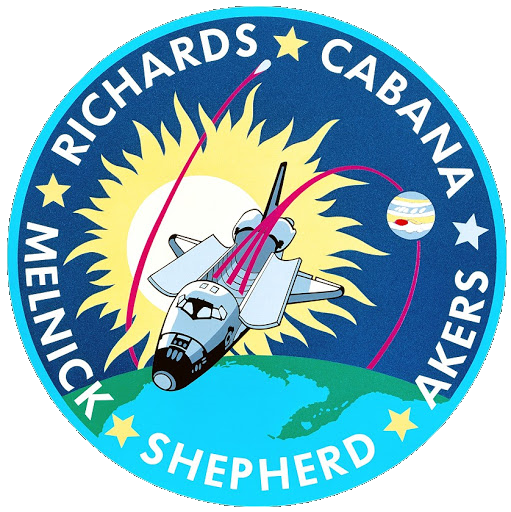
NASA/ESA
Ulysses solar probe
Ulysses solar probe


|
NASA/ESA
Ulysses solar probe |

|
|
as LEGO MOC
© by Harald Kraenzel, May 1st, 2021
|
|
As part of the NASA Space Shuttle program - officially called the Space Transportation System (STS) - different payloads were transported into space with the help of the space shuttle.
This also included the Ulysses solar probe. Before I get to LEGO-relevant things, a brief description of the Ulysses mission. (--> directly to the LEGO MOC section) |
|
After launching and entering Earth orbit, the orbiter's payload bay doors were opened.
Before the spacecraft was deployed from the payload bay, the rotatable bracket of the IUS was rotated up to an angle of 58 degrees. At the pre-calculated point in time, the space probe is launched by a jumping mechanism. With the help of existing control nozzles, the orbiter moves away from the IUS.
The mission
(Source: ESA - Ulysses)
The Space Shuttle Orbiter Discovery lifted the combination IUS / Ulysses into Earth orbit during the STS-41 mission on October 6, 1990, from where -as described above- it was on its way with the help of the IUS and another rocket motor (PAM-S) was brought.
|
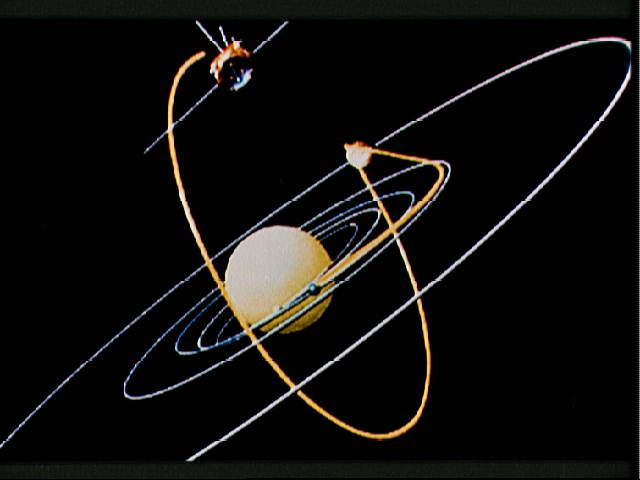
|
Ulysses reached Jupiter in February 1992 and the effect of the giant planet's gravity support was used to bring Ulysses out of the ecliptic plane into its unique solar polar orbit.
|
|
(Image: NASA/ESA)
|
|---|
|
The first south solar pole passage ended in November 1994, and the spacecraft swung open to complete its first north pole passage in September 1995. Ulysses completes about 3 orbits of the sun.
The mission was scheduled to end in July 2008 when the spacecraft's weakened power supply was expected to drop below the minimum, this is necessary to prevent the fuel lines from freezing, without which Ulysses would not be controllable. At that time, the ESA / NASA operations team was planning to continue operating the spacecraft for a few more weeks at reduced capacity. However, through intelligent engineering and real-time innovation, the controllers found that they could prevent the lines from freezing by briefly firing the engines every few hours. In fact, Ulysses continued to collect valuable scientific data in 2008 and the first half of 2009. However, as higher priority missions required access to NASA's deep space network and the reception of scientific data from Ulysses decreased overall, ESA and NASA made a joint decision to end the mission on June 30, 2009. After more than 18 years in space, Ulysses had his last contact with a ground station on June 30, 2009. The last command switched the spacecraft's radio communications to monitor only mode. No further contact with Ulysses is planned. Throughout the mission, Ulysses's instruments examined the solar wind, which flows continuously from the sun and creates a giant bubble in space called the heliosphere. Ulysses provided the first map of the heliosphere from the equator to the poles. The mission was a cooperation program between ESA and NASA. The science tools for Ulysses were provided by US and European science teams. The space probe was built by Dornier Systems in Germany for ESA. NASA provided the space shuttle orbiter Discovery for launch, the upper stages, and the thermoelectric radioisotope generator built by General Electric Co. Ulysses tracking and data reception was provided by NASA's Deep Space Network, operated by the Jet Propulsion Laboratory (JPL). Spacecraft operations and data analysis were carried out at JPL by a joint ESA / JPL team. The Ulysses Mission Support Area (MSA) was located in JPL, Pasadena, California. |
|
The Shuttle Mission STS-41
with LEGO bricks |
|
Various moments
of space shuttle mission STS-41 |
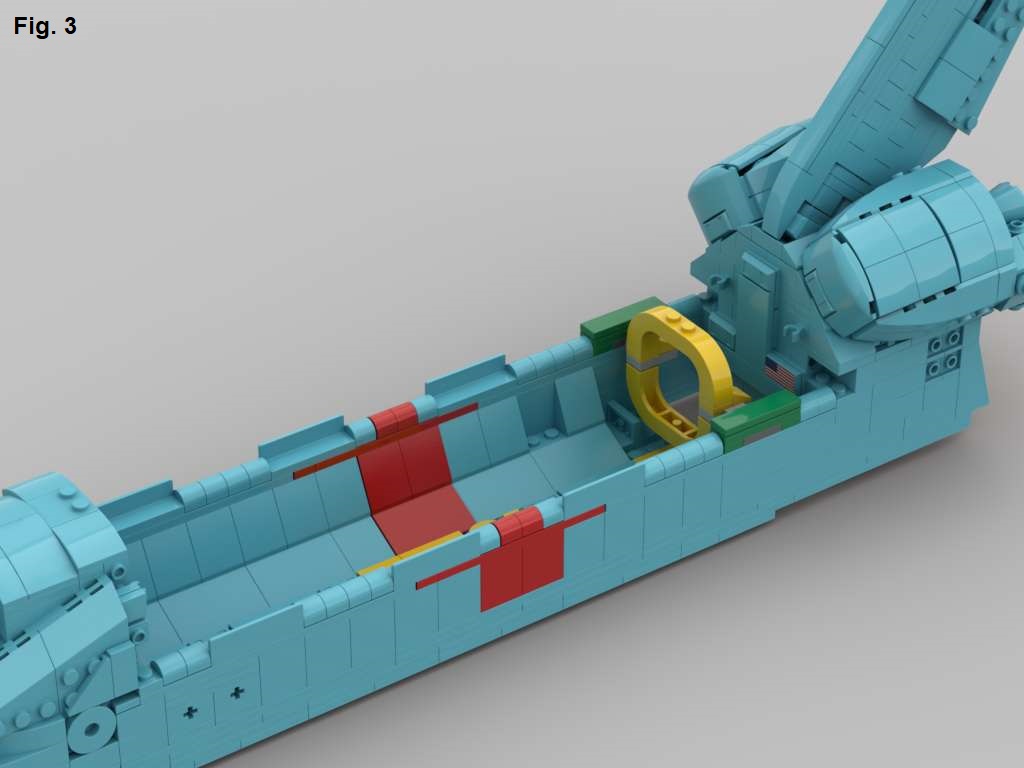
|
Installation of the rotatable holder for the IUS in the payload bay (Fig. 3)
|
|
Assembly of the IUS / Ulysses combination (Fig. 4)
|
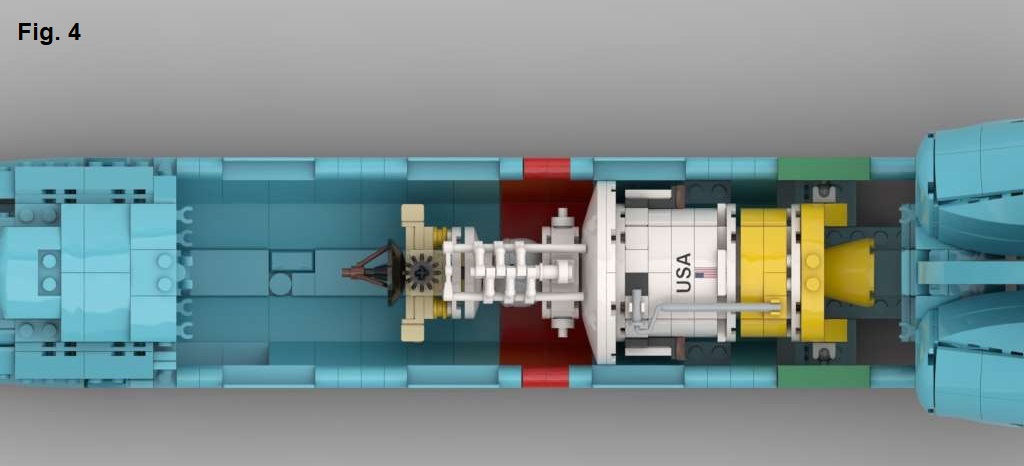
|
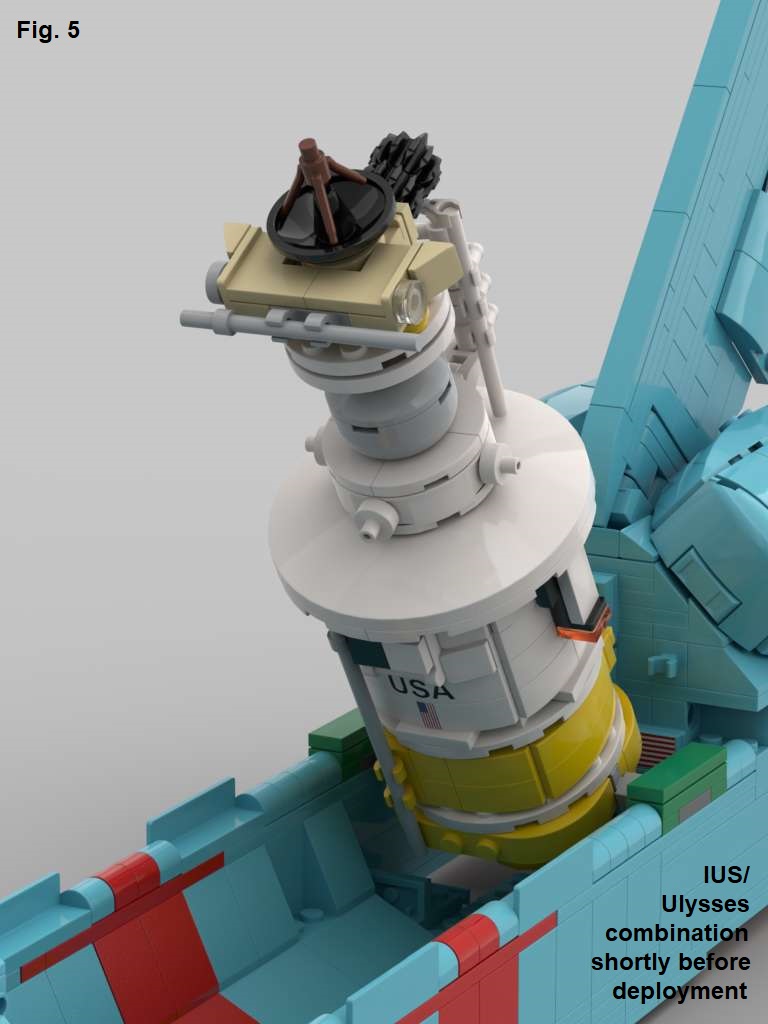
|
In Earth orbit: Tilt the IUS holder to 58 degrees just before the IUS / Ulysses combination is released (no gripping arm required)
(Fig. 5) |
|
In order to "freeze" the deployment of the IUS / Ulysses combination for the LEGO Discovery, I created a support that shows the scene shortly after release.
(Fig. 6) |
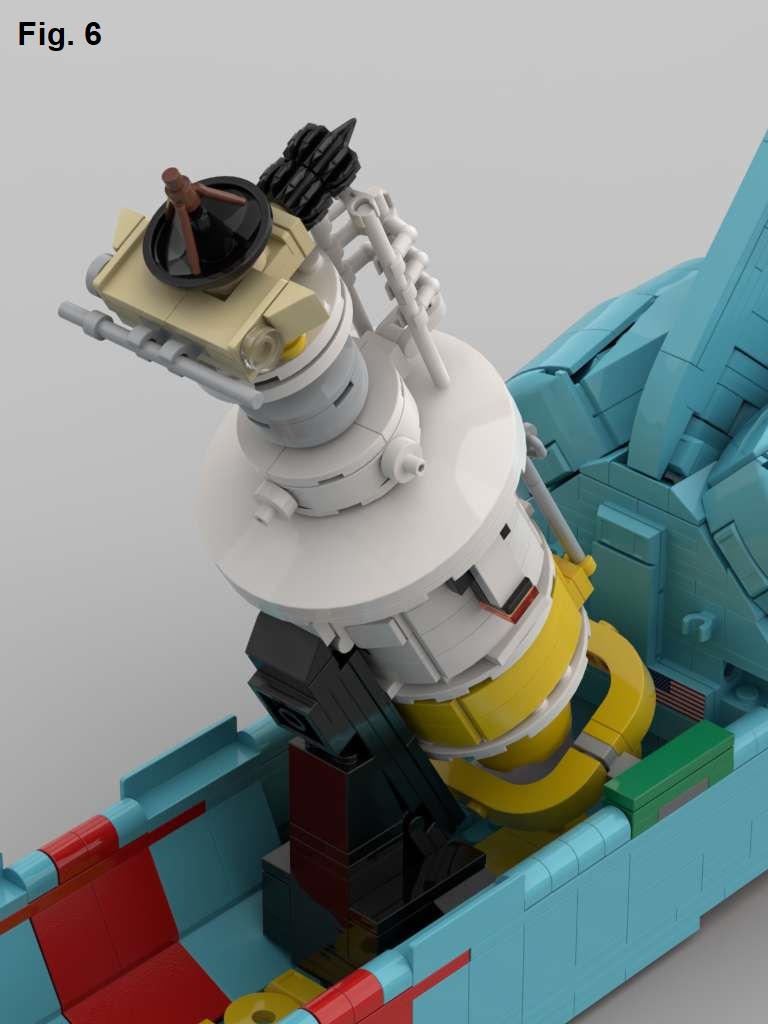
|
|
Over here in Germany there are companies which makes prints on LEGO bricks on demand.
All but two printed bricks in the above MOCs I ordered from such a company. |